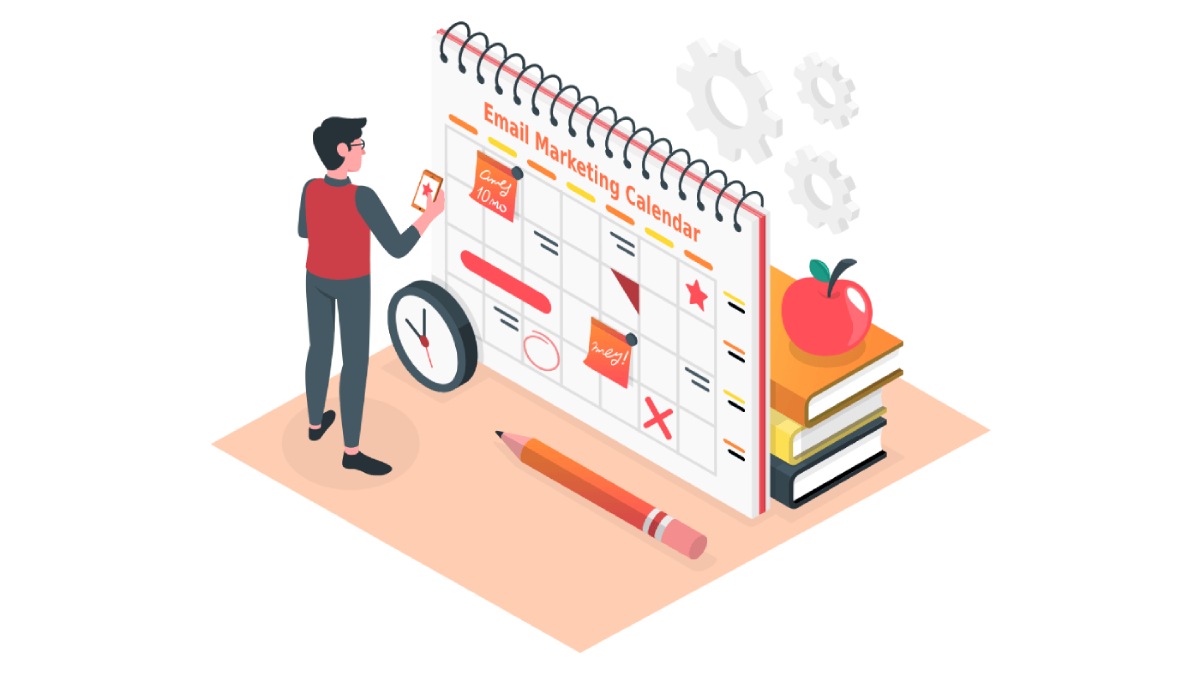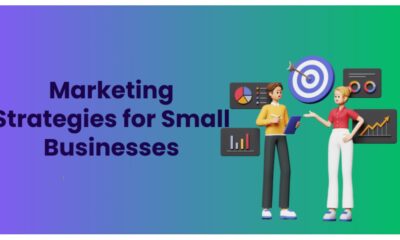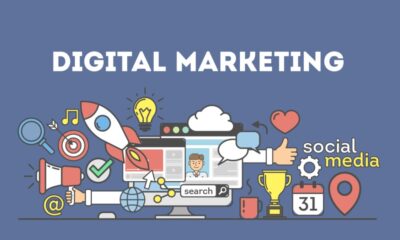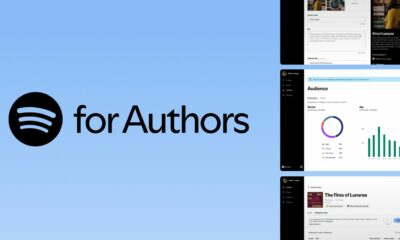Business
6 Tips for Maximizing the Potential of Your Email Marketing Calendar

Your calendar is more than just a nice collection of dates and ideas; it’s the foundation for a successful email marketing campaign. A strategically planned calendar provides a bird’s eye view of your upcoming year, ensuring that you capitalize on every major sales opportunity and showcase everything that distinguishes your business.
Below are six tips for maximizing the potential of your email marketing calendar.
- Optimize your timing
When it comes to your calendar, the farther ahead you plan, the better. Hopefully, this year’s Christmas promotion is already planned and ready to go, and you’re now thinking about Valentine’s Day.
In addition to the year’s important marketing dates, emphasize additional promotions for your business. August has no holidays, so take advantage of this time in the calendar by getting rid of excess goods through a clearance sale or A/B testing discounts vs. free things on your email pop-ups to acquire new contacts.
Remember that you do not want to dilute any promotions. Ensure that your calendar only shows one sale at a time. This covers both early access and extended sale deals and offers. Allow ample time for your clients to become enthused about a promotion, as well as for any stragglers to catch up before introducing the next big sale.
- Adjust your cadence
One great message always outperforms 20 mediocre campaigns. While you want to appear frequently in a customer’s inbox, blasting them with emails is not the way to do it. The greatest method to leave an impression is to find the proper balance.
While there is no set number of emails you should send (each business is different, after all), aim for at least one every week. If you’re sending one per day, make sure your content is consistently relevant each time.
A good rule of thumb is to ask a customer if they need to read this email right now and how they will benefit from doing so. If you’re sending emails merely for the check of it, cut back and wait until you have something worth reading. If you are unsure, try a little higher or lower cadence to determine which has the greatest influence on engagement.
- Use topics and themes
Content direction, like cadence, is an important factor to consider when planning your calendar. A healthy balance of informational and sales-oriented content is essential. Too many informational emails will harm your business, but too many sales-focused ones will alienate your clients and induce sales fatigue (yes, it real). It’s a give-and-take: you give the consumer regular tips and information about your product and service. You can occasionally ask them to help your business.
When building your calendar, identify four or five content pillars. These will organize your information into specific sections, each with its assigned color. Let’s say one of these pillars is designated “Community” and assigned pink. This category will now include any emails that focus on social media, testimonials, and live events. Because it is labeled pink, you can see how frequently you include community-focused content in your calendar. If the colors on your calendar alternate equally throughout the year, you’ve struck the correct balance.
- Consider A/B testing
A/B testing is the secret weapon of each email marketing campaign. It’s a data-driven method to creating highly tailored and relevant content for your customers. Best of all, depending on the ESP you choose, there are almost no restrictions on what you can test.
A/B testing is the process of sending two versions of the same email with only one difference. If one performs better, the difference is what matters. Ensure that the emails are similar, including the send time. Also, only perform one A/B test at a time.
To keep track of A/B test results, create a separate and dedicated tab in your calendar and divide them into sections. These include subject lines, call-to-actions, and send times.
Prioritize your A/B experiments based on your KPIs. For example, if your open rates are below average, you should start by testing subject lines and send times. Assuming you’re worried about click rates, explore different avenues regarding different source of call-to-action buttons, hyperlinks, and content lengths.
- List the interesting findings
Create a dedicated tab for all of the information you acquire about your target audience. This may seem apparent, but gathering all of this information allows you to develop a client profile that can be accessed by your entire staff.
This area contains a list of the top-performing emails, A/B test results, and other statistics that can help direct your future email marketing efforts. What about the large bonus? If fresh information renders upcoming campaigns ineffective, you can instantly update your calendar.
You’d be surprised at how rapidly this tab populates, and hence how quickly you can begin fine-tuning your campaigns.
- Implement automated flows
Automated flows are the seventh wonder of marketing. Not only do flows keep your clients interested throughout the buying process, but they do it while you sleep. Of course, this does not mean it is a set-and-forget option. You still need to monitor your data and adapt each flow properly.
With these processes on your calendar, you may plan a refresh every few months. This is essential since prices can fluctuate, subject lines may appear out of date, and some products may be unavailable.
If you see that a specific touch in a flow is not functioning effectively, consider recent efforts with strong conversion rates. Then, set one of those emails as your new touch and watch if your flow improves.
Strategic planning is key to mastering email marketing
Failing to plan means intending to fail, and your calendar is your first line of protection. It is more than just a schedule; it is a roadmap for success. You, too, will have smooth sailing on your quest for money if you strike the right balance between time, cadence, and content.
-

 Business4 weeks ago
Business4 weeks agoBudget-friendly Strategies for Market Research When Starting a Business
-

 Business4 weeks ago
Business4 weeks agoSignificance of Small Business Saturday, an Annual Shopping Holiday
-

 Education3 weeks ago
Education3 weeks agoSwiss International University Acquires Four Prestigious Academies in Switzerland, Dubai, and Kyrgyzstan for $21.7 Million
-

 Startup2 weeks ago
Startup2 weeks agoAdam Strobel: Navigating the Shift from Tech Start-Up to Industry Leader
-

 Business3 weeks ago
Business3 weeks agoHow Efficiency is Key to a Small Business’s Customer Service Platform
-

 Business4 weeks ago
Business4 weeks agoSuccessful Small Business Marketing Strategies to Market Your Brand
-

 Health1 day ago
Health1 day agoFrom Hair Loss to Hair Restoration: How Men Are Tackling Balding in 2025
-

 Tech1 week ago
Tech1 week agoAmazon is Expanding Its Strategic Partnership with Intuit by Providing Its Millions of Third-party Sellers with Intuit QuickBooks Software























